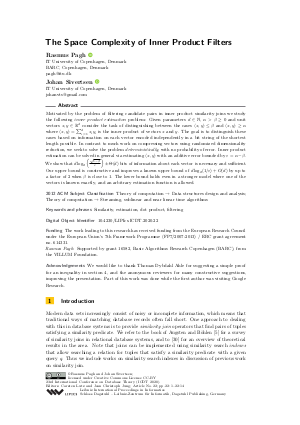LIPIcs.ICDT.2020.22.pdf
- Filesize: 485 kB
- 14 pages

 Creative Commons Attribution 3.0 Unported license
Creative Commons Attribution 3.0 Unported license






























Feedback for Dagstuhl Publishing